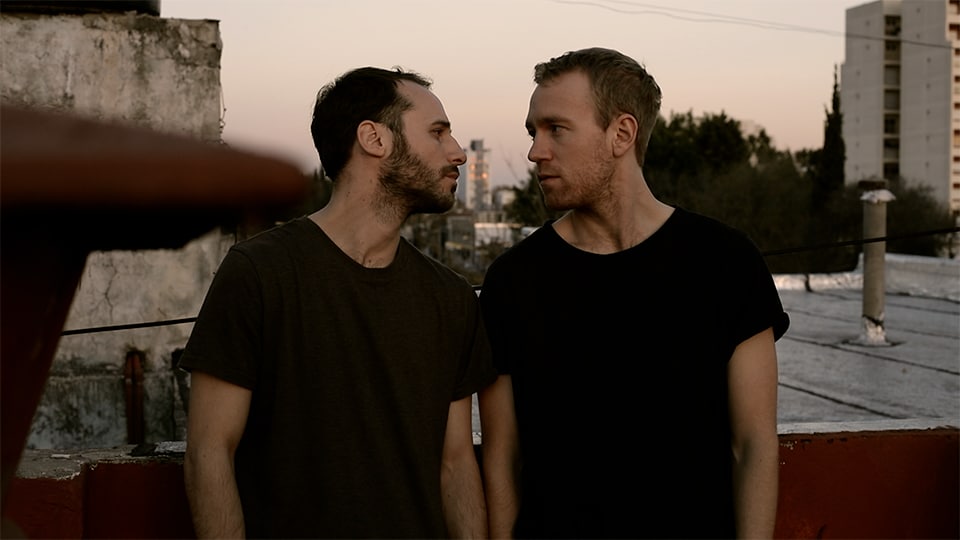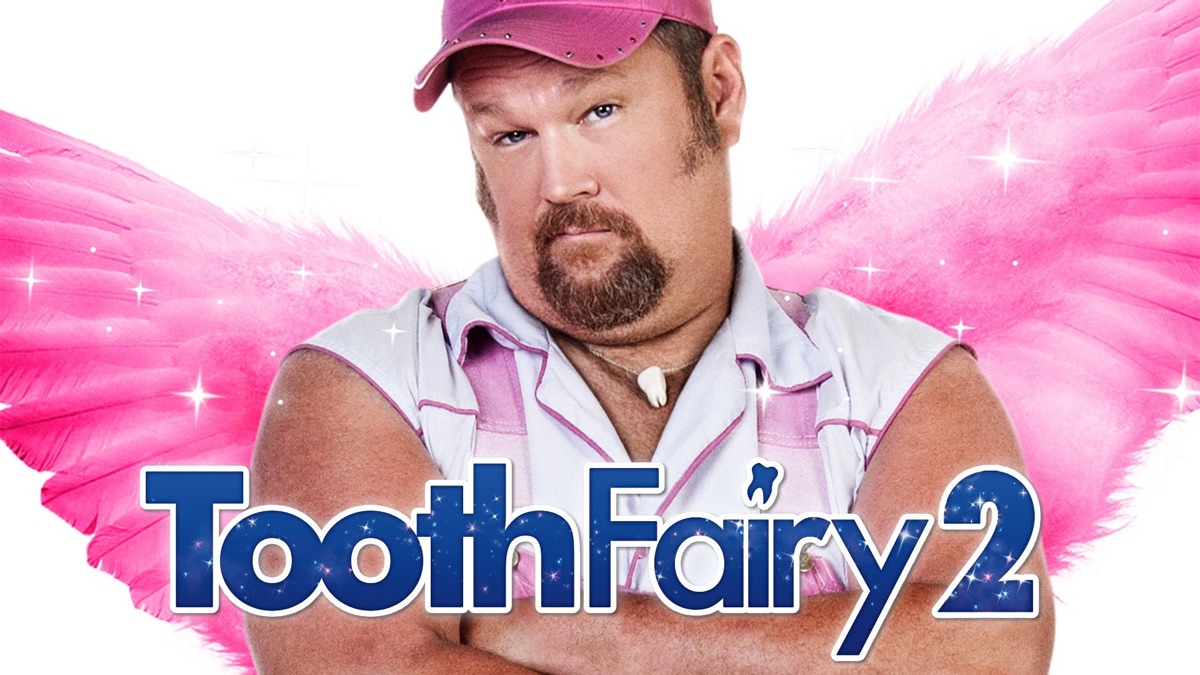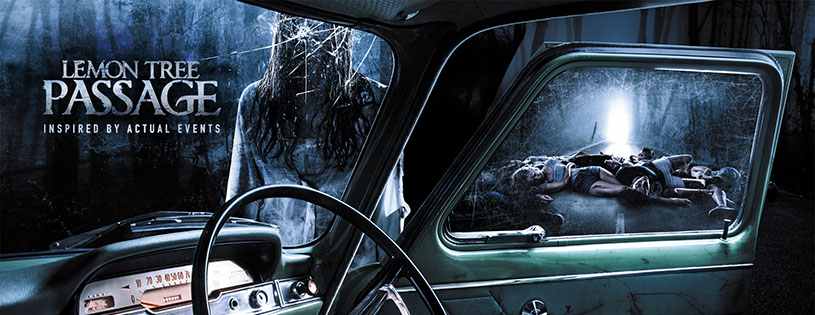The Blonde One is an intimate Argentine film that explores desire, repression, and the quiet power of love between two men in a society still bound by silence. Directed by Marco Berger, the film (Un rubio in its original Spanish title) continues Berger’s signature style — subtle, slow-burning, and deeply human. With minimal dialogue and meticulous visual storytelling, The Blonde One becomes less about words and more about the tension that builds between looks, gestures, and the spaces left unspoken.
The story centers on Gabriel, a shy, reserved man who moves in with his co-worker Juan after separating from his partner. They share an apartment in the suburbs of Buenos Aires, where everyday life unfolds with calm normality: cooking dinner, watching television, sharing beers. Yet beneath this domestic routine, an unspoken attraction begins to surface. Juan, more confident and outgoing, starts testing the boundaries between friendship and intimacy, while Gabriel tries to suppress his growing feelings. Their relationship slowly transforms into a secret love affair — tender, hesitant, and charged with longing.
Berger’s approach to storytelling is remarkably subtle. Rather than relying on dramatic declarations or explicit emotion, he lets the camera observe — lingering on glances, the touch of a shoulder, or the stillness between breaths. Each moment carries weight and ambiguity, reflecting the uncertainty of desire that cannot yet be named. The film’s quiet rhythm mirrors the characters’ internal struggles: the fear of exposure, the hope of connection, and the pain of hiding something that feels so real. In doing so, The Blonde One becomes a meditation on masculinity, intimacy, and the boundaries society imposes on love.

Visually, the film is restrained yet striking. The cinematography uses soft, natural light and careful framing to create a sense of intimacy without intrusion. Berger’s trademark use of symmetry and minimalism draws attention to the physical and emotional space between the characters. The suburban setting — quiet, clean, and almost anonymous — serves as a metaphor for the men’s lives: orderly on the surface but filled with unspoken tension beneath. The soundtrack, minimal and atmospheric, enhances the mood without overpowering it, allowing silence to become one of the film’s most powerful tools.
The performances by Gaston Re (Gabriel) and Alfonso Barón (Juan) are outstanding in their restraint. Their chemistry feels genuine and deeply human. Gaston Re’s quiet vulnerability contrasts beautifully with Barón’s confident charm, creating a dynamic that feels both real and heartbreaking. The evolution of their relationship — from subtle curiosity to deep emotional connection — is portrayed with such honesty that viewers cannot help but feel drawn into their world. The film never sensationalizes their intimacy; instead, it treats it with sensitivity and authenticity.

What makes The Blonde One so moving is its emotional realism. It captures the loneliness of wanting something that must be hidden, and the beauty of finding tenderness in unexpected places. The ending, bittersweet and open-ended, reflects the complexity of love in a world that still struggles with acceptance. Berger refuses to offer easy resolutions — instead, he leaves the audience with quiet reflection and emotional resonance.
Ultimately, The Blonde One is a delicate, contemplative exploration of queer desire and human connection. It finds profound emotion in silence, truth in hesitation, and poetry in the ordinary. More than a love story, it is a portrait of two souls navigating the fragile line between freedom and fear — and discovering that even the briefest connection can leave a lasting mark.



